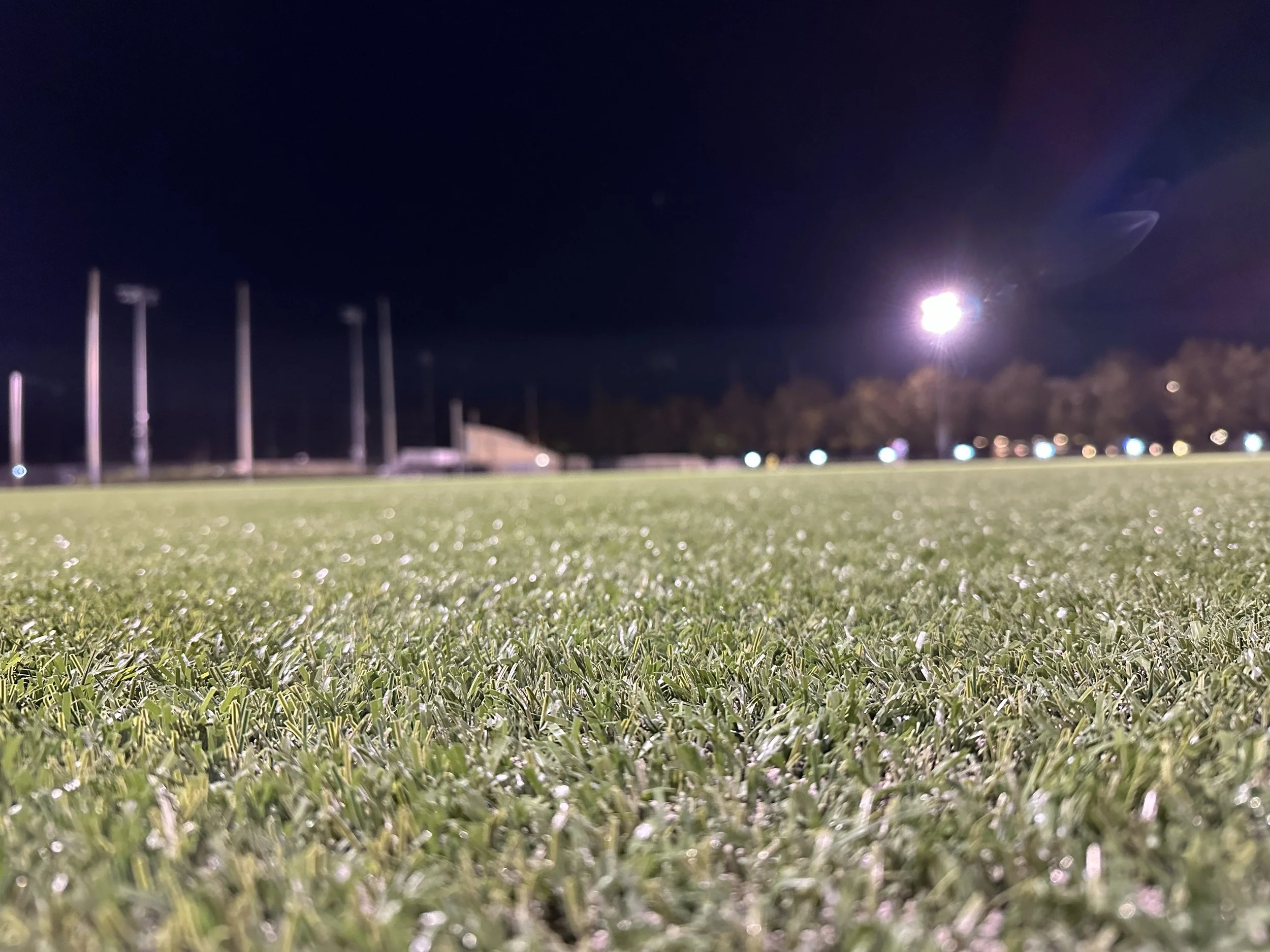Non-Contact Sports Injuries: Turf vs. Grass
Two weeks into my junior year of high school soccer in 2021, I was dribbling the ball and heard a sudden “POP.” I immediately grabbed my left knee and knew something was wrong. I tore my ACL. While my mind wandered to the recovery process and how I was going to leave the sport I loved behind for eight months, something clicked. Why did a non-contact play result in such a severe injury? From that moment on I became fascinated with non-contact injuries—especially those on turf—like mine.
I spent almost all of my physical therapy sessions talking with my doctor about data surrounding non-contact injuries. At the high school level, you are more likely to play on a turf field, resulting in a greater likelihood of a non-contact injury. A 2024 study by Mass General Hospital found that football players are 23% more likely to tear an ACL on turf than on natural grass, and soccer players are 60% more likely. Turf also makes your knees more prone to internal rotation—when your knee is most susceptible to an ACL tear.
In the NFL—where 15 teams use turf and 15 use grass—it is clear that turf is not the best option. Across the last five seasons, NFL players playing on turf are 25% more likely to suffer a non-contact injury. Although you can’t fully blame the turf, the numbers provide concrete evidence that it certainly isn’t helping.
Santa Clara University women’s soccer player Jacey Martinez, who tore alternate ACLs in back-to-back seasons, “...prefers to play on grass.” Luckily, Buck Shaw Stadium is grass, but many away games are on turf that may not be well maintained. When asked if turf affects how she plays, Martinez said “Yes, [it] has a different feel that does affect how I play,” further demonstrating how important it is to prioritize natural grass for athletes to give them the best opportunity to excel and stay healthy. To me, it is simple—natural grass is more “natural” for athletes.
What solutions are available to help combat the negative effects of turf? Swapping out turf for grass is a viable option. This may be easier said than done, but the Arizona Cardinals have Bermuda grass rolled in for every game. The grounds crew maintains the grass throughout the offseason and during away games. The grass effortlessly rolls on 13 tracks and takes only an hour to roll in and out of the stadium.
As the easiest and most accessible surface to play on, years of playing on turf slowly wore down my body, especially my knees. In my case, you can have zero issues growing up, but slowly your knees get destroyed. Transitioning to grass now may save many athletes in the future.
